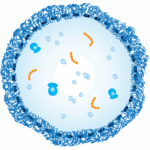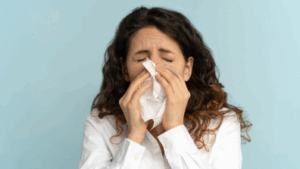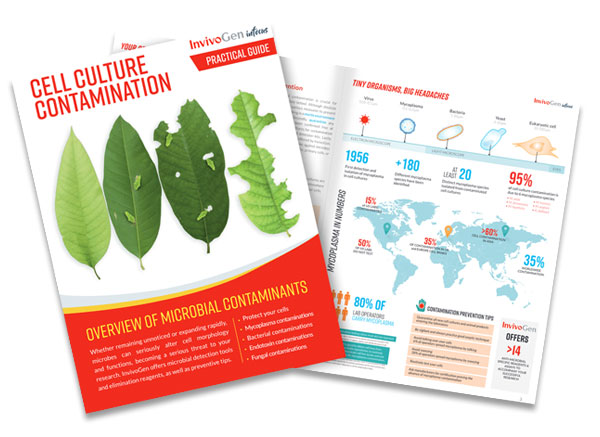Category: Tips
10 Tips To Prevent Cell Culture Contamination
Introduction
In this article, we share 10 essential cell culture contamination tips to help you safeguard your cultures and protect your work.
Mycoplasma contamination silently affects 15–35% of continuous cell cultures worldwide, undermining research reliability and wasting time and resources. Unlike other contaminants, mycoplasma is too small to detect under a microscope, can pass through standard filtration, and is resistant to many antibiotics. Preventing mycoplasma is critical for reproducibility and confidence in results.
1. Maintain Strict Aseptic Techniques
Good aseptic technique is your first defence. Consistent practices – such as hand hygiene, sterilising equipment, and minimising culture exposure – help reduce contamination risk.
2. Regular Mycoplasma Testing
Routine testing is essential. Kits such as MycoStrip provide rapid and reliable detection of mycoplasma, ensuring issues are caught before they compromise experiments.
3. Quarantine New Cell Lines
Always isolate and test new cell lines before introducing them to your main laboratory environment. This step prevents cross-contamination and protects existing cultures.
4. Filter Sterilise Reagents
Use filtration with appropriately sized pores to eliminate potential contaminants in culture media and reagents.
5. Avoid Talking and Sneezing Near Cells
Surprisingly, 80% of lab staff carry mycoplasma. Talking or sneezing over cells can spread contamination, so keep lids closed and conversations outside the hood.
6. Retire Mouth Pipetting (It’s So 1970s!)
Mouth pipetting can introduce mycoplasma species such as M. orale. Always use proper pipettes – your cells (and lab safety officer) will thank you.
7. Maintain Clean Workspaces
Regular cleaning of biosafety cabinets, incubators, and other workspaces prevents contamination from building up in the lab environment.
8. Ensure Proper Training for Personnel
Well-trained staff are less likely to make mistakes that lead to contamination. Invest in training for all team members handling cultures.
9. Consider Preventative Antibiotics
Preventative antibiotic cocktails, such as those from InvivoGen, provide an additional safeguard when working with primary cells or cloning, where contamination risks are high.
10. Ask for Mycoplasma-Free Certification
Always request certification from suppliers confirming that cell lines are free from mycoplasma contamination before introducing them into your workflow.
Protect Your Research Integrity
By adopting strict aseptic practices, regular mycoplasma testing, and preventive measures, you can dramatically reduce the risk of contamination. Keeping your cultures clean ensures reliable results, saves time, and prevents costly experimental setbacks.
📘 Want to Learn More?
Download this Practical Guide to Understanding Cell Culture Contamination e-book for in-depth insights and strategies.
On this page
- Introduction
- 1. Maintain Strict Aseptic Techniques
- 2. Regular Mycoplasma Testing
- 3. Quarantine New Cell Lines
- 4. Filter Sterilise Reagents
- 5. Avoid Talking and Sneezing Near Cells
- 6. Retire Mouth Pipetting (It’s So 1970s!)
- 7. Maintain Clean Workspaces
- 8. Ensure Proper Training for Personnel
- 9. Consider Preventative Antibiotics
- 10. Ask for Mycoplasma-Free Certification
- Protect Your Research Integrity
- 📘 Want to Learn More?



